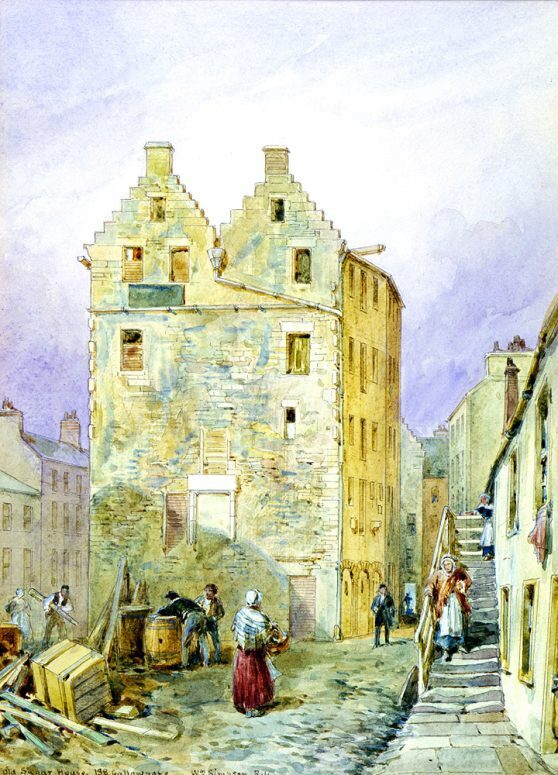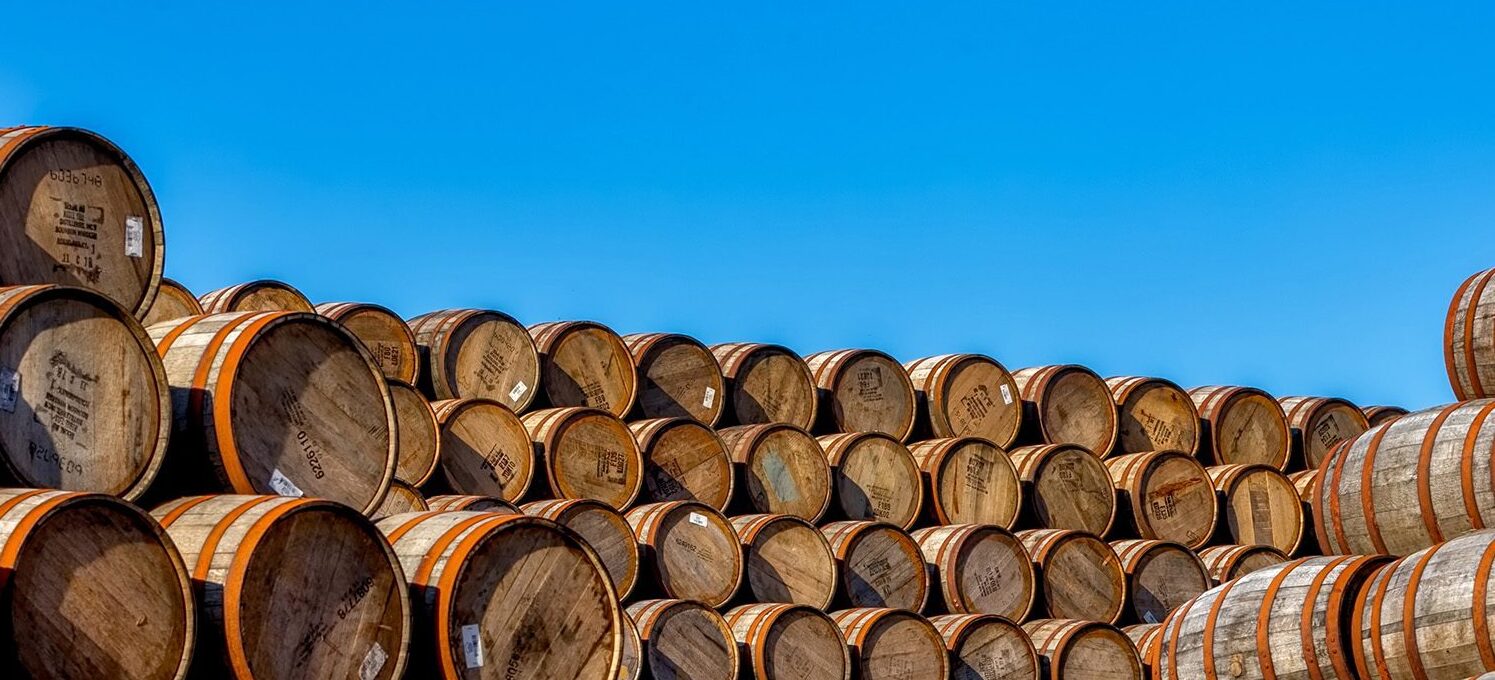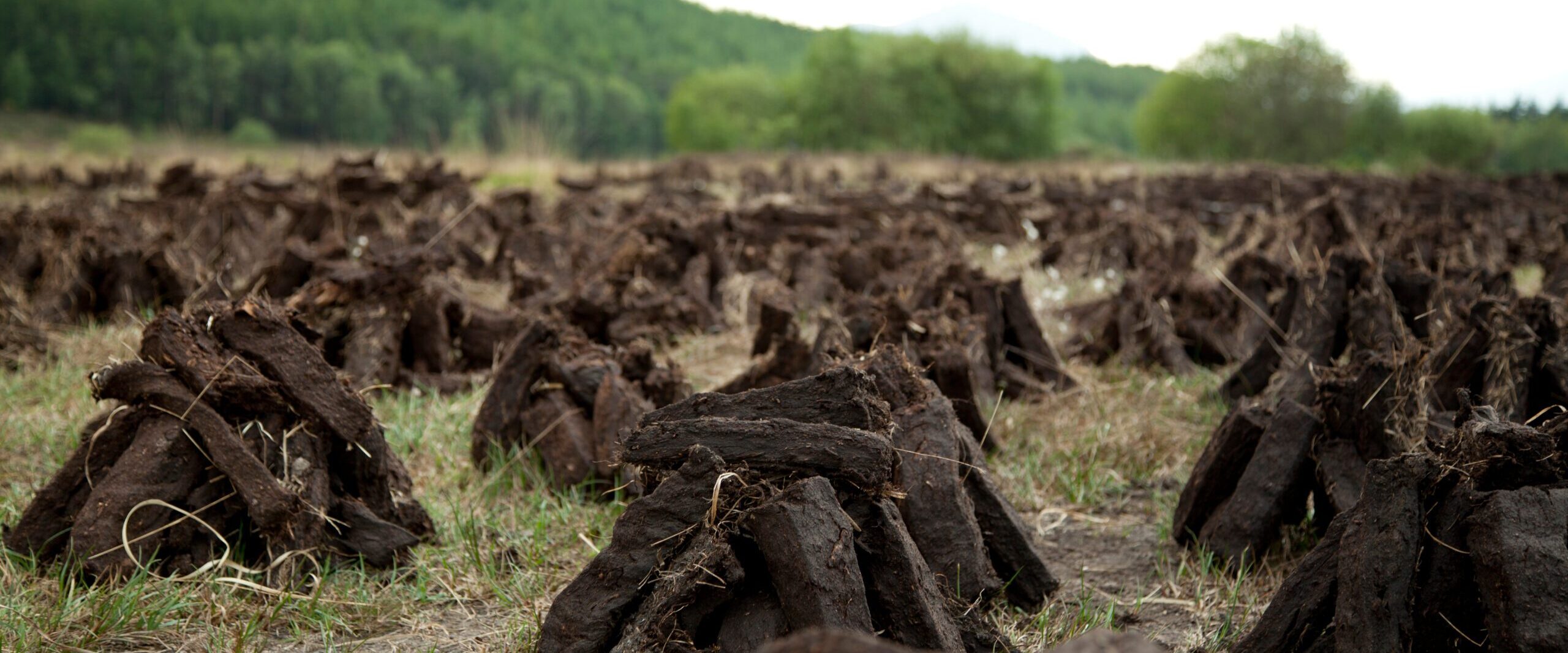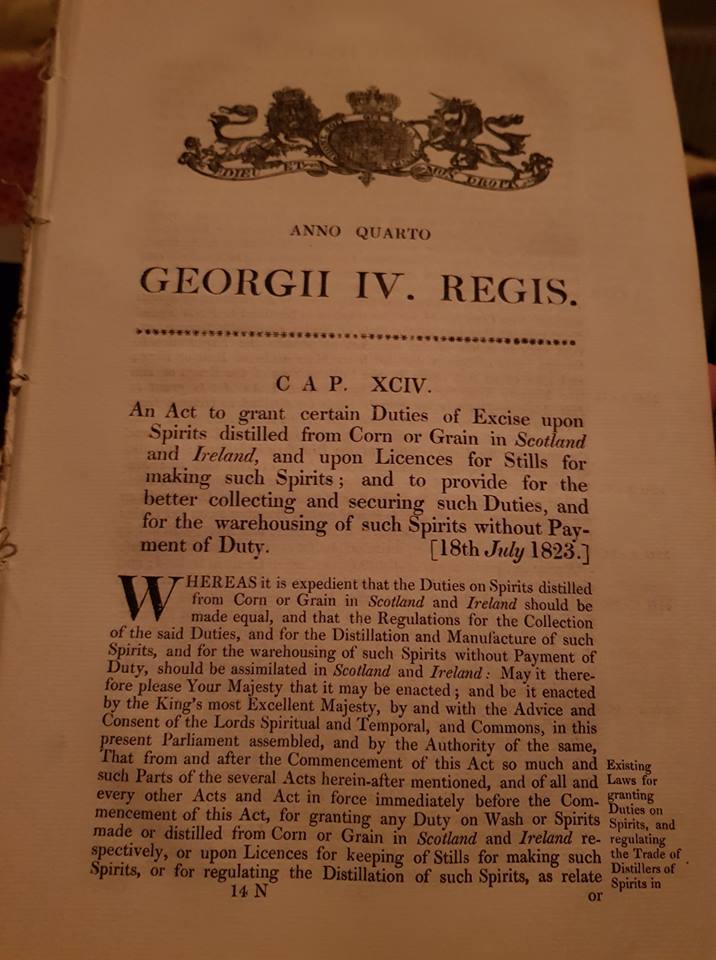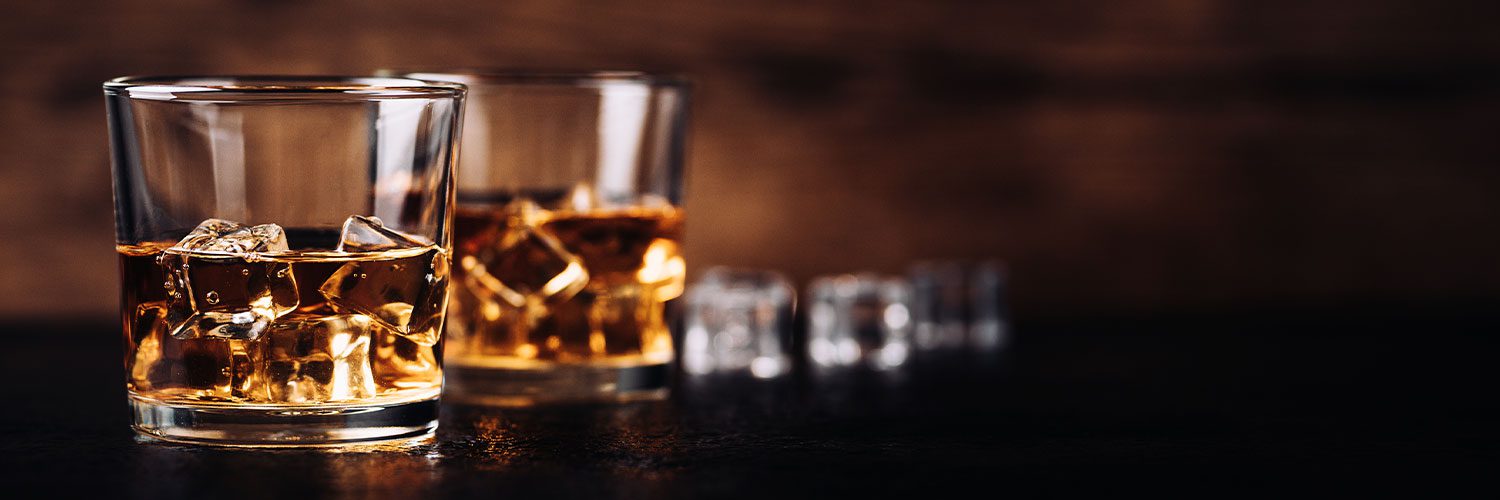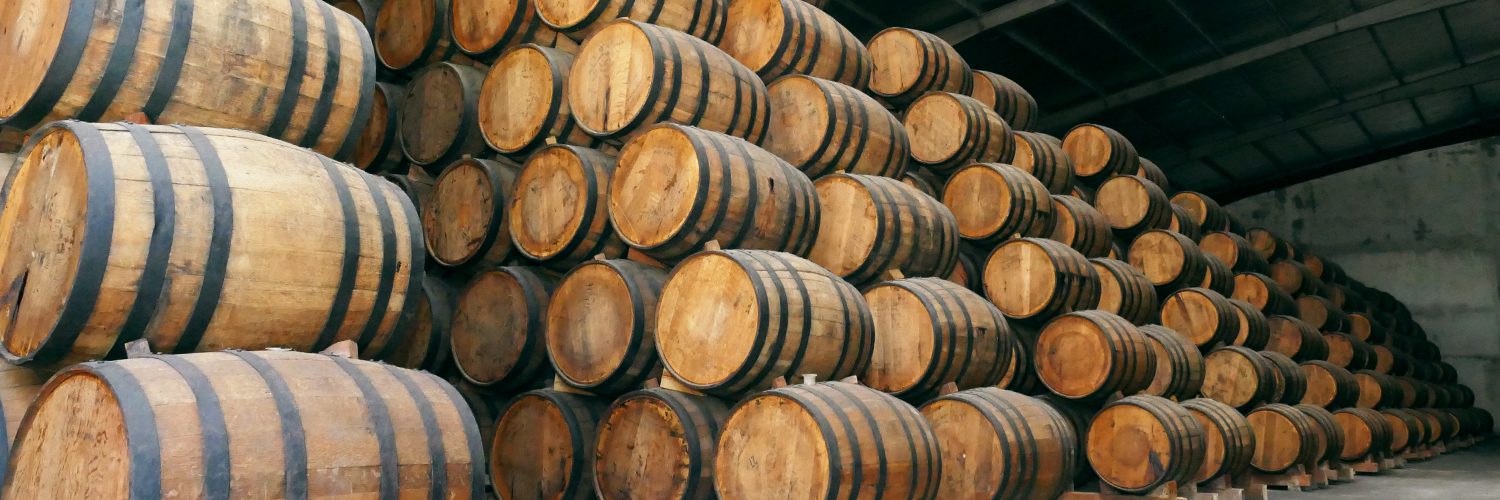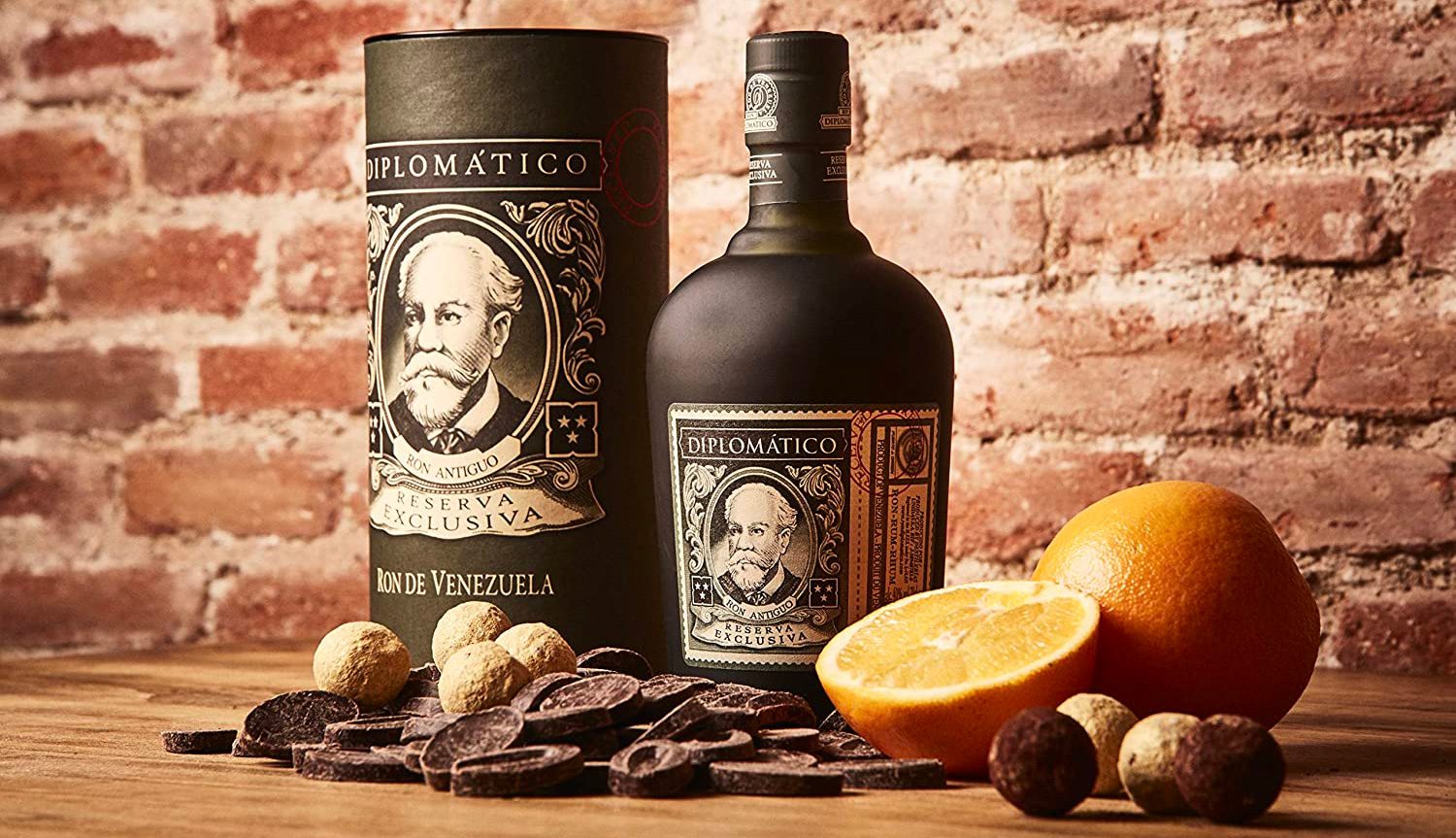In this article, we’re going to look closer at the Scottish love affair with rum and why that historical connection is coming back stronger than ever.
 Learn
Learn
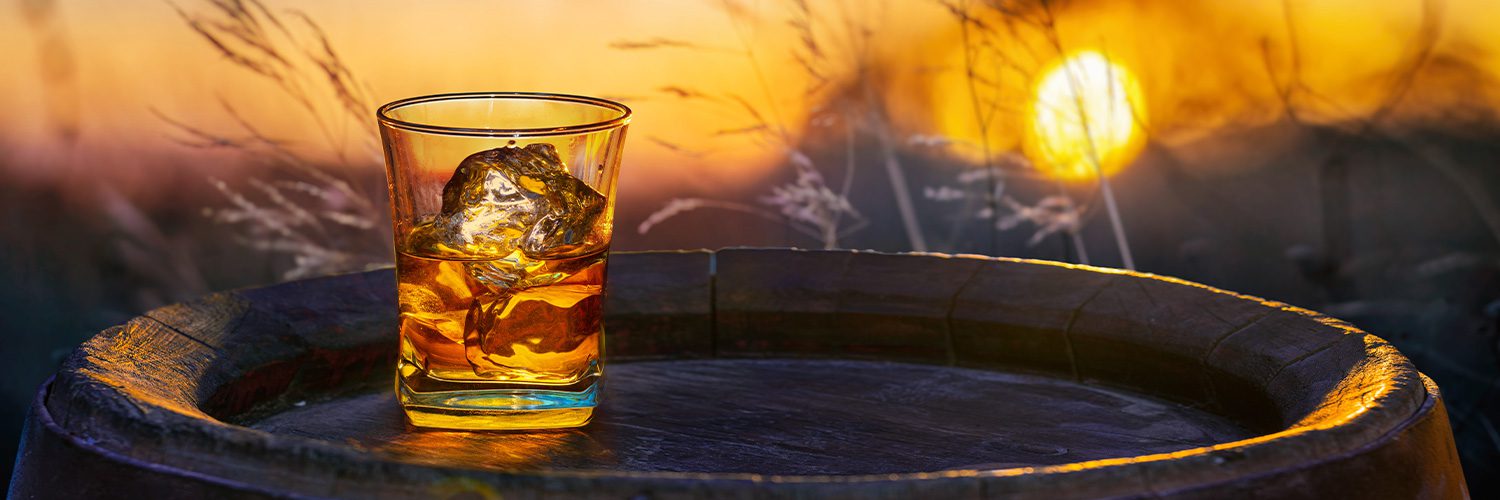
Rum has been distilled in the Caribbean since the 17th century, with sailors bringing the drink back to Scotland from the West Indies.
The drink was an instant hit, especially in Glasgow which acted as a hub for the exchange of sugar, alcohol and cotton. After the supply of tobacco ceased, due to the American war, the merchants of Glasgow became solely focused on the sale of sugar and rum.
This became the golden age for the city, with rum’s popularity soaring. The wealthy rum merchants invested heavily in property in the city centre, an area now known as Merchant City. The areas link to the Caribbean and its rum can still be seen today with landmarks such as Jamaica Bridge and Virginia House.
By the end of the 17th century, Glasgow was home to many rum distilleries of its own, the city becoming synonymous with Rum Punch, a cocktail mixed and served in large bowls. The most famous version, the Glasgow Punch, mixed rum with the traditional Glasgow Sherbert (water, sugar, lime and lemon).
By 1820, the duty on Rum, unfortunately, led to its demise in Scotland. Beer, Gin and of course Whisky, which had recently been legalised, soon took over as the tipple of choice for the Scots.
However, this was not the end of the Scottish link with Rum as many popular brands continued blending, bottling and selling overseas rum. These brands included Scotland’s oldest independent bottler, Cadenheads, which has been selling rum since the early 1820s. Other popular brands still sold today, include OVD Rum (1838 from Dundee) and Lang’s Banana Rum (1861 from Glasgow).
As Scotch Whisky’s popularity rose, so did the number of distilleries. With advances coming to machinery, especially during the steam age, these technologies revolutionised the way Scots made their Whisky. These technologies were shared with the Rum industry and soon stills, mills and condensers from Scotland were being used throughout the Caribbean and South Americas to produce Rum.
Most famously, Stills from renowned engineering firm, Forsyths of Rothes, can be found in both the J Wray & Nephew’s Appleton Estate and Worthy Park distilleries in Jamaica.
In 2015, Dark Matter Spirits, Scotland’s first dedicated rum distillery in decades, opened its doors in Banchory, Aberdeenshire. Since then Rum has seen a major resurgence with the spirit’s popularity within the UK soaring. This has led to other Scottish Rum distilleries opening, including Matugga in central Scotland, Wester Spirit in Glasgow and Seawolf in Edinburgh.
Rum’s resurgence has also welcomed back the art of mixing, blending and maturing the spirit within Scotland. By importing rums distilled abroad and ageing them alongside Scotch Whisky, companies are extending the maturation period thanks to the cooler climate within Scotland.
With 70% of all rum drinkers seeing age statements as a sign of a premium bottle, the demand for aged stock has never been higher. Sales of premium rum jumped an incredible 85% in the last quarter alone, meaning that Scotland once again is playing a pivotal role in the next chapter of Rum.
To learn more about this incredible spirit with our FREE Guide, contact our dedicated Portfolio Managers. Alternatively, you can see current stock levels and manage your investment portfolio by logging into the online portal by clicking here. Our portal is now also available on mobile with dedicated apps for both iOS and Android.


